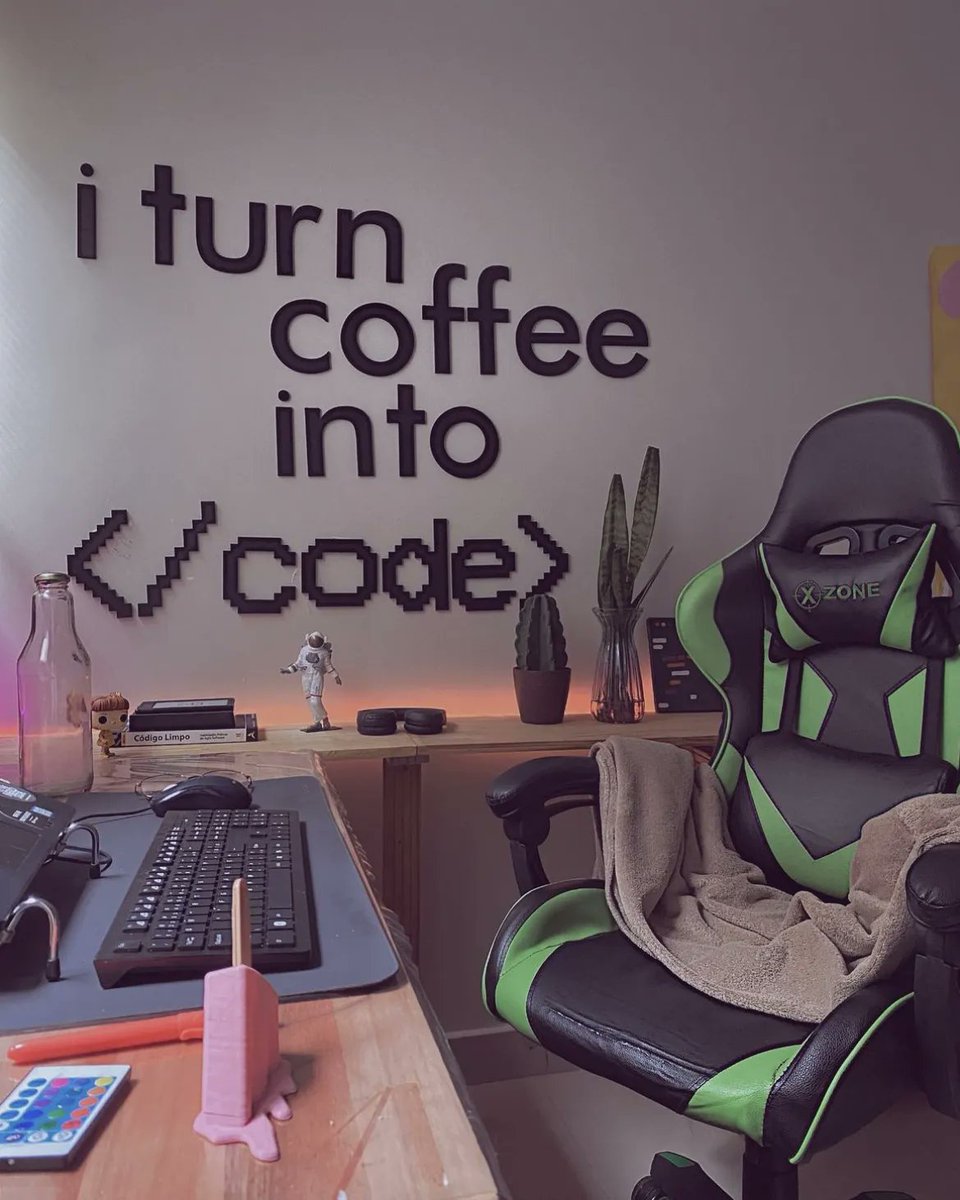
fCC 成都社区上次以 Coffee & Code 命名的活动还是 2019 年 3 月 30 日的《走进函数式编程》活动,近 6 年半后,我水歌这个 6 年半三度接任 fCC 成都社区主理人的开源老将,在大家对“轻松的日常小活动”的期待中,重启这个 freeCodeCamp.org 最早、最经典的活动品牌。
同时,我将组织者闯闯提出的【周末编程自习室】作为它的中文名,再通过飞书视频会议的方式兼容线上线下的参与者,让所有学习编程、从事编程的人都能感受到编程的快乐!
fCC 成都社区上次以 Coffee & Code 命名的活动还是 2019 年 3 月 30 日的《走进函数式编程》活动,近 6 年半后,我水歌这个 6 年半三度接任 fCC 成都社区主理人的开源老将,在大家对“轻松的日常小活动”的期待中,重启这个 freeCodeCamp.org 最早、最经典的活动品牌。
同时,我将组织者闯闯提出的【周末编程自习室】作为它的中文名,再通过飞书视频会议的方式兼容线上线下的参与者,让所有学习编程、从事编程的人都能感受到编程的快乐!
| 时间 | 内容 | 讲师 |
|---|---|---|
| 14:00-14:30 | 签到 | |
| 14:30-14:40 | 自我介绍 | |
| 14:40-15:30 | JavaScript 栈溢出的底层原理 | 彭雪梅- 资深前端工程师 |
| 15:40-16:20 | AI 时代开发者的突围与重构·聊聊技术、产品、商业 | Ironben - 开源智能助手 5ire.app 作者、Essay.ink 文字社区主理人、饺子科技产品领航员 |
| 16:30-18:00 | 结对编程-现场有预设主题或自行选择编程主题 | |
| 17:30-18:00 | 展示成果并分析心得、疑问解答 |
2025 年 3 月 1 日周六下午由 fCC 成都社区举办的开源技术分享活动在成都市天府五街 200 号菁蓉汇 2A 栋 5 层炎上台成功举办。
软件工程师会被AI替代吗?
资深前端工程师彭雪梅就“软件工程师是否会被AI替代”这一话题进行了分享。首先从AI工具的实现步骤入手,将其分为三个阶段:预训练、后训练和强化学习,并结合理论与实操详细讲解了每个阶段的用途和作用。随后,分析了当前软件工程师的市场现状,将其划分为三个层级:能够实现基本功能、能够适当考虑性能和框架优化、以及能够结合业务需求搭建框架并提供解决方案。最后,结合AI工具的实现步骤与软件工程师的现状,探讨了软件工程师是否会被AI替代的可能性。分享结束后,与参与者围绕这一话题展开了讨论,各自表达了不同的观点和见解。分享链接:https://mp.weixin.qq.com/s/Y5BgpdIqoXUaybUjYycF5g
手搓一个Deno脚手架
idea2app 公司的创始人、fCC 成都社区主理事、TS 全栈开发工程师 水歌分享了怎么手搓一个Deno脚手架 ,首先介绍了Deno的用途及其当前的发展现状,随后详细分享了自己搭建Deno脚手架的具体步骤和过程,包括在搭建过程中遇到的问题以及相应的解决方案。接着,带领参与者进行实操,帮助大家更好地理解Deno。分享结束后,与参与者共同探讨了目前Bun、Deno和Node.js各自的优势,并对三者进行了对比分析。Deno脚手架地址:https://github.com/idea2app/Deno-quick-start/tree/main
在活动的结对编程环节调整为自由交流环节后,参与者们展开了轻松愉快的讨论。大家围绕旅游、编程等话题畅所欲言,分享各自的经历和见解。整个交流过程充满了欢声笑语,大家在轻松的氛围中度过了愉快的半小时。
开源技术分享活动作为对技术爱好者提供一个互动交流的学习平台,通过主题分享加理论实践,增强参与者的实操技能,促进知识共享与技能提升。
本次活动圆满结束,感谢所有参与者的积极参与和赞助商的支持。
Update your browser to view this website correctly. Update my browser now
